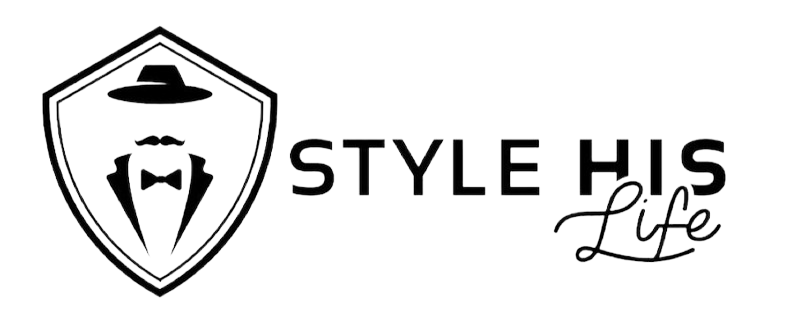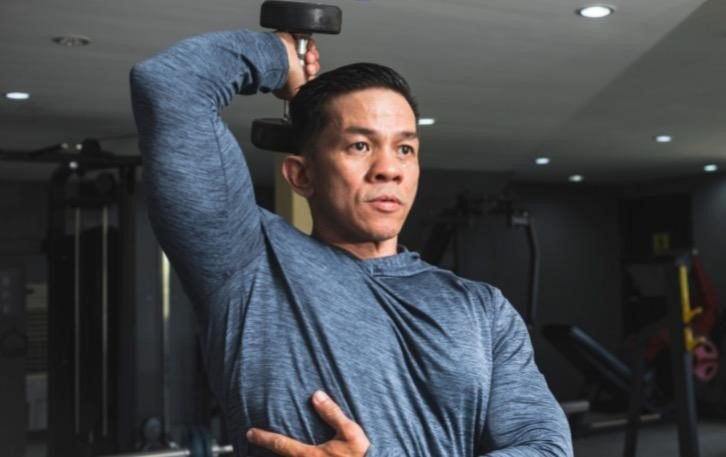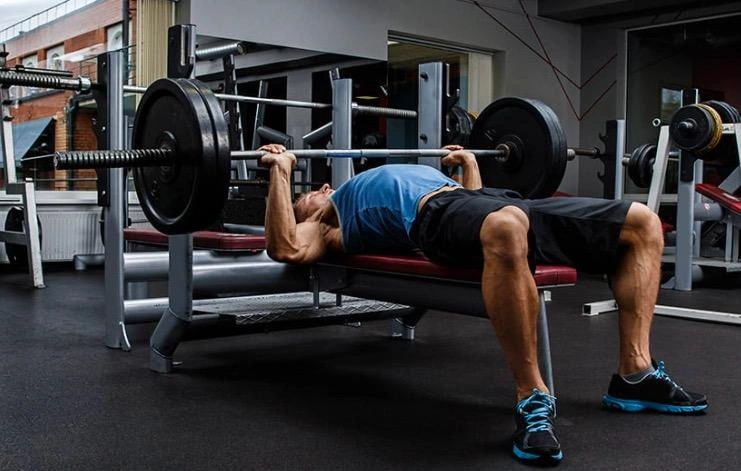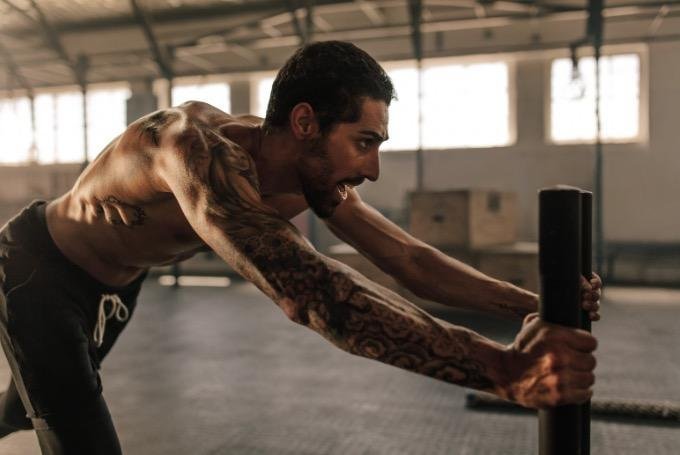Introduction: Why Tricep Training Matters
Have you ever seen that guy in the gym with massive arms, but what really catches your eye is the defined horseshoe-shaped triceps on the back of his arm? You wonder, how the hell did he get that?
While most people focus on the biceps for bigger arms, it’s actually the triceps muscles that make up two-thirds of your upper arm. If you’re after noticeable arm size, strength, and definition, focusing on tricep exercises should be your priority.
In this article, we’ll explore the best dumbbell tricep exercises, how to perform them correctly, and the benefits of each.
We’ll also give you a complete tricep workout routine and highlight common mistakes to avoid so you can maximize your gains.
Anatomy of the Triceps Muscle
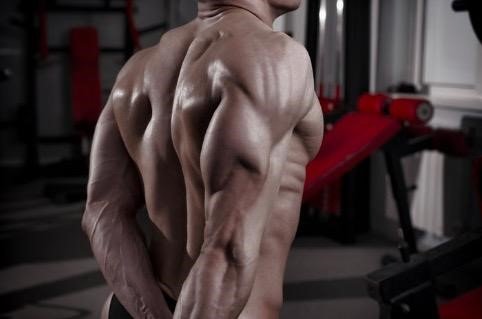
Before jumping into the exercises, understanding the anatomy of your triceps muscle will help you perform exercises more effectively and target the right areas:
- Long Head: This is the largest portion of the triceps, running along the back of the arm. It assists with arm extension and shoulder stabilization. Overhead exercises, such as the dumbbell overhead tricep extension, target this area.
- Lateral Head: Found on the outer side of the arm, the lateral head contributes to tricep width and definition. Tricep kickbacks and close-grip dumbbell presses are excellent for isolating this head.
- Medial Head: The medial head sits underneath the long and lateral heads and is crucial for overall arm thickness. Exercises like dumbbell skull crushers are great for activating this muscle.
Understanding these distinctions allows you to select the right tricep exercises to fully engage all three parts of the muscle and ensure balanced development.
Why Use Dumbbells for Triceps Exercises?
Training with dumbbells offers key advantages for muscle growth and functional strength:
- Full Range of Motion: Dumbbells allow for a deeper stretch, increasing muscle activation, especially in the long and medial heads of the triceps. Studies show that full-range movements, like the overhead tricep extension, boost hypertrophy more effectively than limited-range exercises.
- Unilateral Strength & Symmetry: Dumbbells work each arm independently, correcting imbalances and engaging stabilizer muscles in the elbows and shoulders, improving joint health and functional strength.
- Versatility: Dumbbells provide flexibility in grip and angle, allowing you to target different tricep heads in a single workout, ensuring balanced muscle development across all heads.
The 6 Best Dumbbell Triceps Exercises for Explosive Growth
Now that we’ve covered the anatomy, let’s dive into the 6 best dumbbell tricep exercises that will help you maximize your tricep gains.
These exercises target all three heads of the triceps, ensuring balanced and effective muscle growth.
1. Dumbbell Overhead Tricep Extension
The dumbbell overhead tricep extension is one of the most effective ways to hit the long head of the triceps.
It involves lowering a dumbbell behind your head, stretching the long head, and then contracting it as you raise the weight.
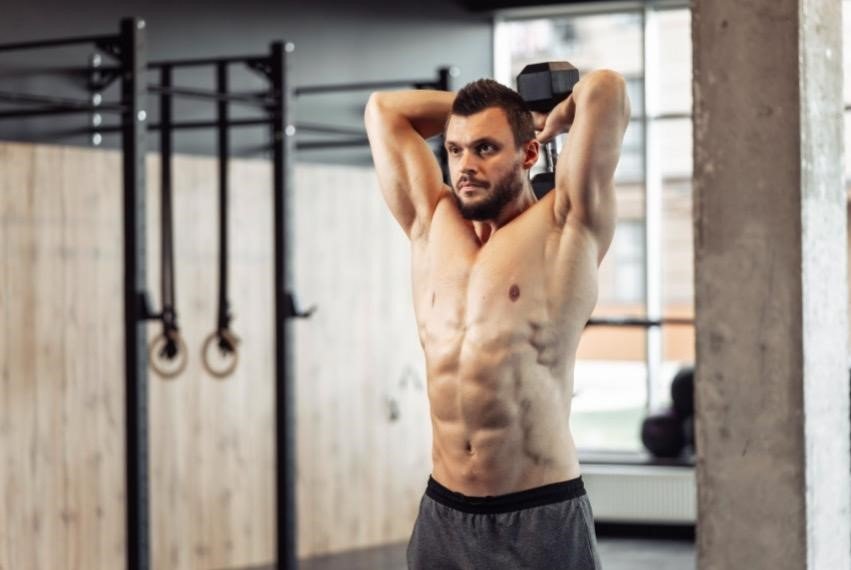
How to Perform:
- Stand or sit with your back straight, holding a dumbbell with both hands.
- Extend your arms overhead, then slowly lower the weight behind your head.
- Keep your elbows close to your ears and return to the starting position, fully contracting the triceps.
Benefits:
- Great for stretching and engaging the long head.
- Improves shoulder stability as well as tricep strength.
Common Mistake: Letting your elbows flare out, which takes the focus off the triceps and puts strain on the shoulders.
2. Dumbbell Skull Crushers (Lying Triceps Extension)
Skull crushers, also known as lying triceps extensions, are perfect for isolating the medial head of the triceps, which adds thickness and definition to your arms.
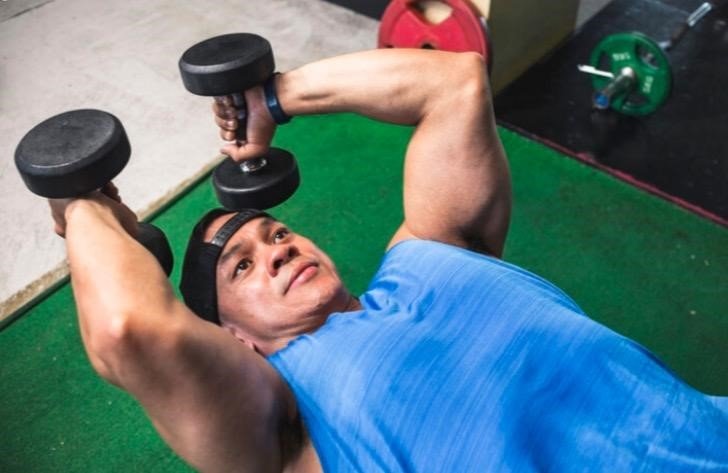
How to Perform:
- Lie flat on a bench with a dumbbell in each hand.
- Extend your arms above your chest, then slowly lower the dumbbells toward your forehead.
- Extend back up, contracting your triceps at the top of the movement.
Benefits:
- Excellent for building medial head strength and adding mass to your upper arm.
- Also stretches the long head of the triceps, ensuring full activation.
Common Mistake: Dropping the weights too quickly. Control the movement to prevent elbow strain and ensure maximum muscle engagement.
3. Tricep Kickbacks
Tricep kickbacks are an isolation exercise that targets the lateral head of the triceps, which is responsible for arm width and outer tricep definition.
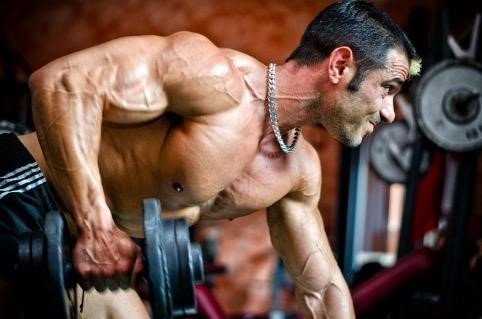
How to Perform:
- Bend over at the waist, keeping your back flat and arms at your sides.
- Hold a dumbbell in each hand and extend your arms behind you, fully contracting your triceps.
- Slowly return to the starting position, keeping your elbows in place.
Benefits:
- Focuses on the lateral head, adding width and definition to your arms.
- Great for isolating the triceps, especially at the end of a workout.
Common Mistake: Swinging the weights instead of controlling the movement. This reduces the effectiveness of the exercise and can strain your shoulders.
4. Close-Grip Dumbbell Press
The close-grip dumbbell press is a compound movement that works both the chest and triceps but emphasizes the medial head of the triceps when performed with proper form.
How to Perform:
- Lie flat on a bench with dumbbells pressed together over your chest.
- Lower the weights toward your chest, keeping your elbows close to your body.
- Press back up, engaging your triceps as much as possible.
Benefits:
- Builds pressing power while emphasizing the medial head of the triceps.
- Also works the chest and shoulders, making it an excellent upper-body strength exercise.
Common Mistake: Flaring your elbows out, which shifts the focus to the chest rather than the triceps.
5. Dips with a Dumbbell Between Your Ankles
Using a dumbbell between your ankles during dips is an innovative way to increase resistance. While not traditionally a dumbbell exercise, it’s effective and requires minimal setup time, allowing you to grab a dumbbell and start right away.
This exercise efficiently targets your triceps while also engaging your chest and shoulders.
How to Perform:
- Starting Position: Position yourself on parallel bars or a dip station, securing a dumbbell between your ankles.
- Lowering Your Body: Slowly bend your elbows, lowering your body until your upper arms are parallel to the floor. Keep your elbows close to your sides to maximize tricep engagement.
- Lifting Back Up: Press back up to the starting position by extending your arms fully, focusing on squeezing your triceps at the top of the movement.
Benefits:
- Allows for a quick setup—grab a dumbbell and go!
- Effectively targets the triceps while also engaging the chest and shoulders.
- Adds resistance without the need for machines, making it a versatile addition to your workout.
Common Mistake:
- Avoid flaring your elbows out too much during the movement, as this can shift the emphasis away from the triceps and put unnecessary strain on your shoulders.
6. Single-Arm Overhead Tricep Extension
The single-arm overhead tricep extension is a fantastic way to isolate each arm individually and target the long head. This helps correct any strength imbalances between arms.
How to Perform:
- Stand or sit, holding a dumbbell in one hand above your head.
- Lower the dumbbell behind your head, keeping your elbow pointed up.
- Extend your arm fully to return to the starting position.
Benefits:
- Isolates the long head, improving arm symmetry.
- Great for isolating one arm at a time to fix any strength imbalances.
Sample Tricep Workout Routine for Maximum Growth
A well-rounded tricep workout should target all three heads of the triceps (long, lateral, and medial) for balanced growth, definition, and strength.
This routine incorporates a variety of movements that focus on different aspects of the triceps muscle, providing a comprehensive workout.
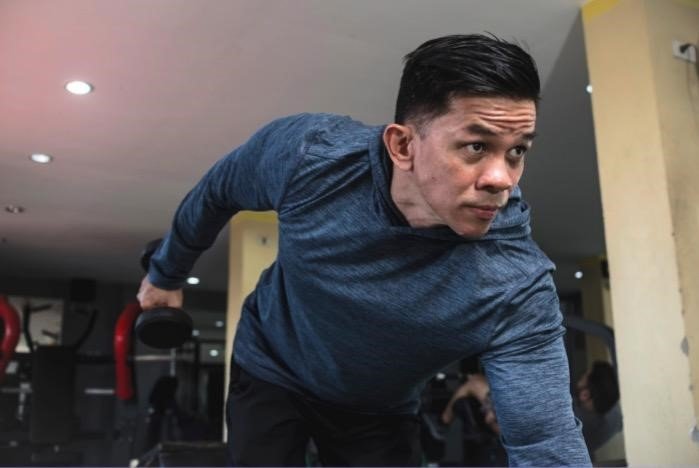
Combine Triceps with Other Muscle Groups
The triceps play a vital role in pressing movements, so they are often worked during chest and shoulder days. A common and effective approach is to incorporate tricep exercises into your push days (chest, shoulders, triceps).
However, you can also dedicate an entire workout to arms, focusing solely on triceps and biceps.
How Many Days Per Week?
For optimal results, you should train your triceps twice per week. This allows enough stimulus for muscle growth while giving your triceps sufficient time to recover between sessions.
According to exercise science, muscle groups generally require 48-72 hours to recover after an intense workout. Therefore, aim to give at least two days of rest between tricep workouts. For example:
- Monday( Push day): Tricep Workout + Chest or Shoulders
- Tuesday-Thursday (Rest, Leg Day, etc): Rest, other body parts, or lower-body training
- Friday (Pull Day): Tricep Workout + Back or Biceps
Sample Tricep Routine (Twice a Week)
Day 1: Push Day – Focus on Triceps After Chest and Shoulders
- Dumbbell Overhead Tricep Extension
- Sets: 3
- Reps: 12-15
- Rest: 60 seconds between sets
- Close-Grip Dumbbell Press
- Sets: 4
- Reps: 8-10
- Rest: 90 seconds between sets
- Tricep Kickbacks
- Sets: 3
- Reps: 15-20 per arm
- Rest: 60 seconds between sets
Day 2: Arms Day – Target Both Biceps and Triceps
- Dumbbell Skull Crushers (Lying Triceps Extension)
- Sets: 3
- Reps: 10-12
- Rest: 60 seconds between sets
- Dumbbell Floor Press
- Sets: 4
- Reps: 8-10
- Rest: 90 seconds between sets
- Single-Arm Overhead Tricep Extension
- Sets: 3 per arm
- Reps: 12-15
- Rest: 60 seconds between sets
- Tricep Kickbacks (Finisher)
- Sets: 2
- Reps: 15-20 per arm
- Rest: 60 seconds
Focus Points: Progressive Overload
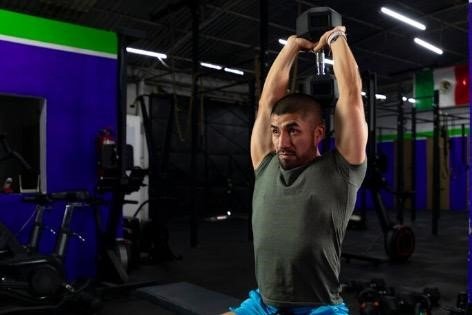
To see continuous progress, it’s crucial to apply progressive overload. This means gradually increasing the stress placed on your muscles by either increasing the weight, reps, or sets.
Here’s how to implement it:
- Increase the Weight: Every 2-3 weeks, try to increase the dumbbell weight for each exercise. Even a 2.5-5 lb increase can help stimulate more muscle growth.
- Add Reps: If you’re unable to increase the weight safely, aim to add 1-2 reps to each set.
- Add Sets: On weeks when your muscles feel particularly strong, add an extra set to key exercises like the close-grip dumbbell press or skull crushers.
Experts suggest that adding even small amounts of additional resistance or volume will continue to challenge the muscles, ensuring they grow over time.
Closing Thoughts
Effective tricep training is key to building bigger, stronger arms. By incorporating these best dumbbell exercises into your routine, you’ll target all three heads of the triceps for balanced development.
Consistency and proper form are essential, as well as progressively increasing the weight and intensity of your workouts.
Whether you’re focusing on the long head, lateral head, or medial head, these exercises will boost your triceps’ strength and improve pressing power.
Stick to your routine, challenge yourself regularly, and you’ll see impressive results in both arm aesthetics and overall upper-body strength.
Join Our Community
If you found this guide helpful, consider sharing it with friends and fellow fitness enthusiasts ready to take their shoulder workouts to the next level!
For more tips, workout plans, and nutrition advice, don’t hesitate to subscribe to our newsletter or join our fitness community online.
Frequently Asked Questions on Dumbbell Tricep Exercises
Why should I include dumbbell exercises in my tricep workout routine?
Dumbbell exercises offer a full range of motion, which promotes better muscle activation and development. They also allow for unilateral strength development, helping to balance muscle imbalances between arms.
The versatility of dumbbells enables you to switch grips and angles, targeting different heads of the triceps effectively.
How do I correctly perform a dumbbell tricep extension?
To perform a dumbbell tricep extension, hold a dumbbell with both hands, fully extend your arms above your head, and then slowly lower the weight behind your head by bending at the elbows. This exercise primarily targets the long head of the triceps.
What is the difference between a dumbbell press and a close-grip bench press?
A dumbbell press typically involves lowering and lifting dumbbells above your chest, while a close-grip bench press involves holding a barbell with a narrow grip to target the triceps more intensely alongside your chest.
How do I ensure I’m using the correct form and preventing injuries when using dumbbells?
Focus on controlled movements, avoid flaring your elbows, and maintain a firm grip on the dumbbell. Start with lighter weights to perfect your form and gradually increase the weight as you gain strength.
Can exercises with dumbbells help in developing the medial head of the triceps?
Yes, exercises like dumbbell skull crushers and close-grip dumbbell presses are effective in activating the medial head of the triceps, contributing to arm thickness and strength.
How can tricep kickbacks benefit my arm workout?
Tricep kickbacks isolate the lateral head of the triceps, helping improve arm definition and width. They are excellent for finishing off a workout, ensuring your triceps are thoroughly engaged.
How often should I change my triceps workout routine?
To avoid plateaus and continuously stimulate growth, it’s advisable to change your routine or increase weights every 4-6 weeks. Try different exercises or modify the range of motion for variety.
Why is it important to target all three heads of the triceps in workouts?
Ensuring balanced development of the long, lateral, and medial heads of the triceps results in well-rounded strength and aesthetics. This also enhances functional movements, such as pushing and pressing actions.
What role does the range of motion play in dumbbell tricep exercises?
A full range of motion ensures maximum muscle fiber recruitment and growth. Dumbbell exercises, with their unique versatility, often allow for movements that engage your triceps more fully compared to fixed equipment.
Bonus Articles:
